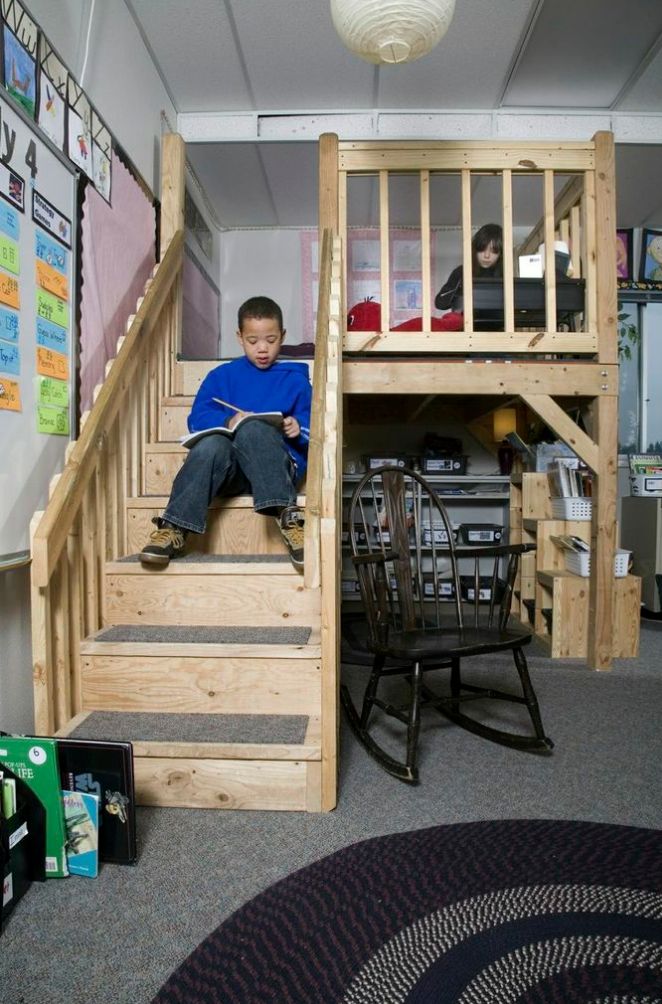Joan Moser
October 9, 2009
Are there favorite locations you tend to gravitate to when doing certain tasks? Where do you curl up with a good book? Where do you go when you want to write a personalized letter, grade papers or fill out report cards? Gail and I definitely have seating areas in our lives that are more desirable than others for performing our duties. Yet I find it interesting that while many of our tasks are similar, our styles and preferences are very different. Gail prefers to sit at her desk in her den when she is writing. There she can sit comfortably for extended periods of time. I, on the other hand, prefer to lie on the couch, floor or in bed with the laptop perched on my stomach. I can easily spend hours in this prone but productive state. When we try to work somewhere else, we find our attention wanes and our productivity decreases.

We've found this basic truth about comfort and productivity is also true in our classrooms. If we expect students to build and maintain stamina, reading and writing for extended periods of time, we have to provide a variety of seating options to meet their body types and learning styles.
Sometimes, however, our quest to create comfy corners yields a spot that is coveted by more than there is room for. What happens then? We used to allow kids to sit in the most coveted spots on an assigned and rotating basis. Teachers always strive for fairness, right? However, we've discovered it's more effective to go back to the step where we place students around the room. We do it for a few days, always following the workshop with conversations on how the learning was that day. As students try out a couch, chair, desk, table, and floor, they pay close attention to how each placement affected them as a learner. How was their attention? Stamina? Productivity? As they reflect and dialogue, students become aware of what worked best for their classmates as well as themselves.
The goal of this activity is to help students take responsibility and independently select a spot where they can be successful. Caring about and respecting their own style and the styles of their classmates goes a long way to creating a lovely sense of community and fairness.





